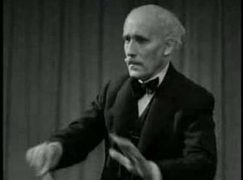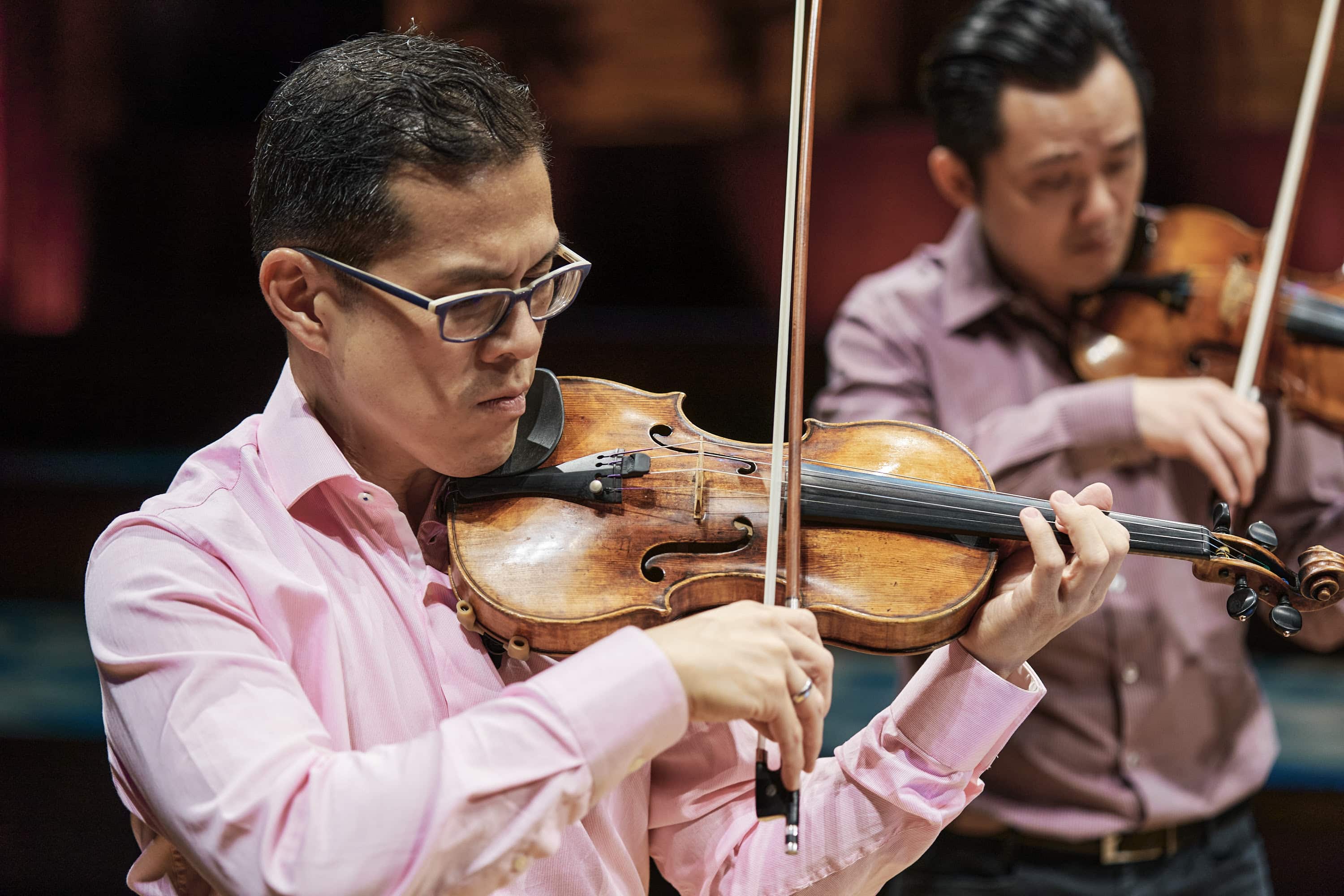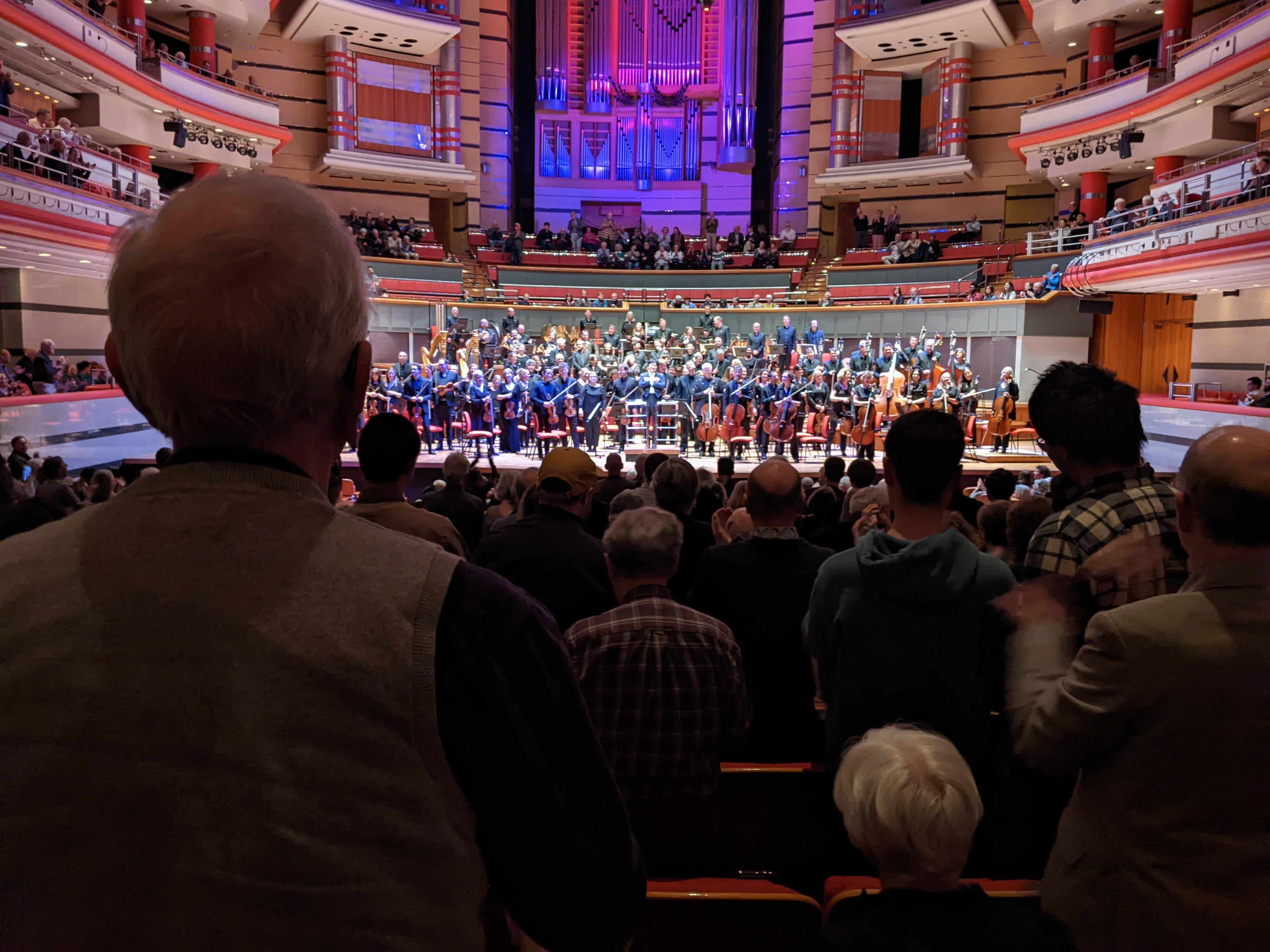

MOST READ TODAY:
-
RIP
Please help late concertmaster’s family
An appeal has been raised for the widow…

-
News
Exclusive: Met concertmaster leaves
We understand that David Chan, concertmaster of the…

-
News
Composer publishes ‘absolutely insane’ emails from Kennedy Center chief
A Virginia guitarist and composer, Yasmin Williams, reached…

-
Orchestras
Birmingham trips the lights fantastic for Mahler 9th
Like President Trump, you never know what to…

Comments